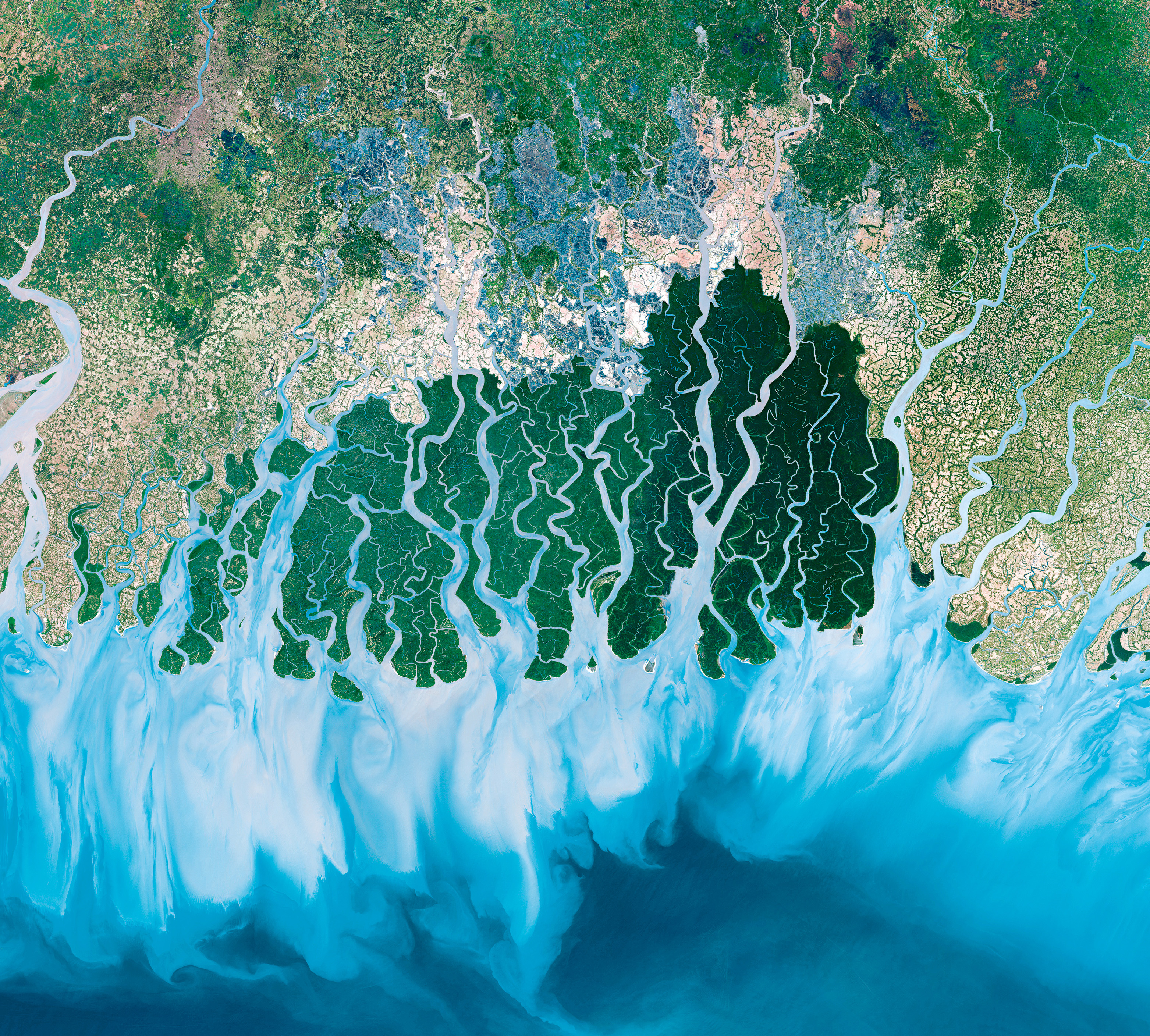How aerial technology has changed filmmaking forever
The most significant evolution in filmmaking of the past decade


Even at the ripe old age of 131, filmmaking is still radically evolving. The final year of this decade has seen movies utilize untraditionally high frame rates, complicated de-aging special effects, and digital necromancy — all in the pursuit of getting the next breathtaking, unbelievable shot.
When we look back at the 2010s, though, it will not be the rise of 3D or advancements in motion capture that stand out. Rather, it will be a deceptively humbler technique: The bird's-eye view shot. Despite its ancient origins, the increasingly accessible perspective has become the single most significant evolution in filmmaking of the past decade.
For thousands of years, people have dreamed of seeing the planet from above. From the Nazca Lines, constructed as long ago as 500 B.C. and depicting images that can only be seen fully from the air, to the Imago Mundi, a sixth-century map, mankind has long wondered what it would be like to be freed from our terrestrial fate of looking up. Only in the relatively recent past, though, has the perspective of looking back down at our planet from anything other than a tree, tower, or mountain vista been physically within our grasp. Unsurprisingly, some of the earliest uses of photography were aerial ("Boston, as the Eagle and the Wild Goose See It"), while early cinematography famously captured our clumsy attempts at flight.
The Week
Escape your echo chamber. Get the facts behind the news, plus analysis from multiple perspectives.

Sign up for The Week's Free Newsletters
From our morning news briefing to a weekly Good News Newsletter, get the best of The Week delivered directly to your inbox.
From our morning news briefing to a weekly Good News Newsletter, get the best of The Week delivered directly to your inbox.
While the angle itself is far from new — just ask Brian De Palma — the subsequent decades of bird's-eye photography and cinematography had to rely on the physical constraints of rigging, cranes, airplanes, and helicopters to capture views from above. By the 21st century, though, the angle had become both cheaper and more widely available. The original GoPro went on sale in 2004, suddenly allowing anyone to experience a skydiver's descent or an eagle's flight. By 2005, anyone with a computer had access to the awe-inspiring capabilities of zooming in and out on the planet offered by Google Earth.

Only since 2010, though, did the truly limitless possibilities of the bird's-eye view shot really begin to take shape. Firstly, the cameras got better: GoPros advanced to catch crystal-clear images from pinprick-size devices. Meanwhile drones, which had formerly been reserved for government and military entities, began to make their way into commercial filmmaking, used to shoot scenes like the stunning rooftop chase in 2012's Skyfall, which marked the first use of the technology in a James Bond film.
Yet even as drone footage started to appear in major films, the images could only be captured on sets outside the United States due to strict Federal Aviation Administration regulations. It wasn't until 2014 that the FAA begin to loosen its laws, allowing unmanned aircrafts on closed sets. "This is an important day for the industry," a prescient Chris Dodd, then the MPAA chairman, told Variety at the time of the ruling.

Today, almost anyone can buy and operate a personal drone. For filmmaking, the benefits are obvious: "That beautiful 70mm swirling shot of Julie Andrews in The Sound of Music? Today a relatively cheap rig operated by a really good pilot could capture that with no problem," notes Wired. And while a 10-hour helicopter shoot might cost a studio as much as $40,000, Time noted last year that drone cinematography companies like Aerial MOB cost between $4,500 and $13,000 a day "including crew, equipment, and insurance." Drone footage is now used in everything from Game of Thrones to indie flicks to foreign shorts and your Apple TV screensaver. It is so common you might not even notice it when you see it anymore.
A free daily email with the biggest news stories of the day – and the best features from TheWeek.com
Drones, though, are not the only technology to be used in the 2010s to achieve eye-opening perspectives. While Skycam has been around since the 1980s, the cable-mounted stadium cameras are still revolutionizing how sporting events are captured. In 2015, SkyCam introduced an updated model, Wildcat, which can zoom along faster than any human athlete while also stabilizing the image it records, so you can clearly see what's happening on the field when watching at home. New replay technology like Eyevision 360 also uses cameras mounted high above the players to create those spiraling freeze-frames.
But sometimes you need even more distance; in 2011, Tree of Life director Terrence Malick and his team thought to use "existing satellite and space-probe imagery" to give their film its cosmic lens. And while Google Earth was already years old by the turn of this decade, advancements like 2016's "700-trillion-pixel makeover" have made its views razor sharp, leading to unbelievable discoveries. Satellites have also been able to capture life-saving pictures and video, such as in 2017 when photographs of Hurricane Harvey taken from space provided some of the most comprehensive data on superstorms ever collected.
Such perspective — perhaps more accurately called God's-eye view at this point — is more than just a tool of science. As PBS' stunning new documentary television show, Life From Above, illustrates, the technological capabilities of the 2010s continue to satisfy our thousands-year-old urge to take flight through images. There is something peaceful about seeing the world from such an impossible height; looking out a plane window, say, when all the individuals below vanish. But as Life From Above shows, even from space our world is in constant motion, marbled by rivers and clouds, carved by the movements of animals and people, and shadowed by the cycles of celestial bodies, the magnitude of which can only be appreciated when zoomed out at 22,000 feet. Even people, when moving together in harmony, can become a kind of landscape only understood from the air.
The bird's-eye view shot might not be radical, but it has been transformative this decade. As technology continues to become cheaper, and access to the perspective simpler, we might only dream — like those ancient, grounded peoples once did — of what else we one day might see.
Jeva Lange was the executive editor at TheWeek.com. She formerly served as The Week's deputy editor and culture critic. She is also a contributor to Screen Slate, and her writing has appeared in The New York Daily News, The Awl, Vice, and Gothamist, among other publications. Jeva lives in New York City. Follow her on Twitter.



